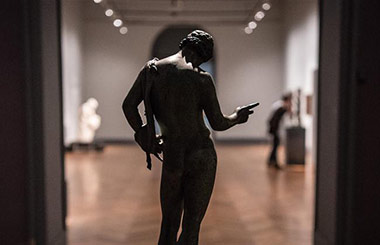Ancient theater dig reveals Shakespeare legacy
( Agencies ) Updated: 2016-05-24 09:49:17
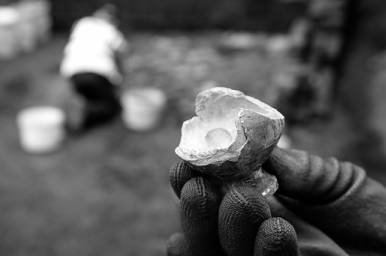 |
|
The remains of a theatrical bird call, seen on the site of The Curtain Theatre in London.[Photo/Agencies] |
British archaeologists raised the curtain recently on a 16th-century theater that staged William Shakespeare plays like Romeo and Juliet and where the Bard of Avon himself acted in "London's first theaterland".
The Curtain Theatre put on productions between 1577 and 1625 as one of the city's first two purpose-built theaters, but all traces of it were subsequently lost over time.
Its location in Shoreditch, east London-a vibrant party district dotted with restaurants, bars and clubs-was eventually pinpointed in a trial excavation in 2011.
Researchers started a more detailed dig at the site six weeks ago and revealed their preliminary findings last week.
"This is hugely significant," says dig leader Heather Knight, of Museum of London Archaeology.
"We knew that Shoreditch was the birthplace of drama in London-this is London's first theaterland.
"We knew that there were two playhouses, The Theatre and The Curtain, but we didn't actually really know where The Curtain was."
The two predate the most famous theater associated with Shakespeare, The Globe, built on London's South Bank in 1599.
Shakespeare's play Henry V had its debut at The Curtain, while Romeo and Juliet was also staged there.
A ceramic bird whistle thought to have been used as a sound effect in that production has already been found, along with a bone comb and an iron token that may have been used as currency.
The bard himself-the 400th anniversary of whose death is being marked this year-also starred in a production of Ben Jonson's Every Man In His Humor at The Curtain.
Knight says that The Theatre, located 200 meters away, and The Curtain were the first purpose-built theaters in London, where performances previously took place at inns or royal courts.
Having the plays staged in a dedicated theater for the first time would have allowed audiences to have a much more "immersive" experience than at an inn, she adds.
"When you close that front door, you can then be transported," she adds, explaining this would have shut out noise from the world outside.
Nevertheless, the plays, staged in the afternoon to make the most of daylight, would have had a lively atmosphere.
"The audience would, I think, have been quite riotous at the time," Knight says.
"The actors are close to the audience, the audience leaning up on stage-it's a real kind of visceral experience."
The archaeological dig comes ahead of the site's development as a new retail, office and residential complex into which the remains of the theater will be incorporated.
As office construction booms in London, a string of such digs have unearthed the city's multilayered past in recent years.
These have included the excavation of a burial ground for victims of the Great Plague in 1665 next to Liverpool Street Station, one of Britain's busiest commuter railway stations.
|
|
|
|
|
|
|
|








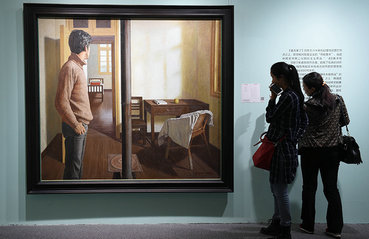












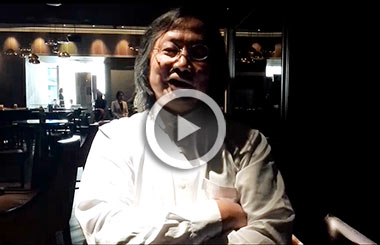

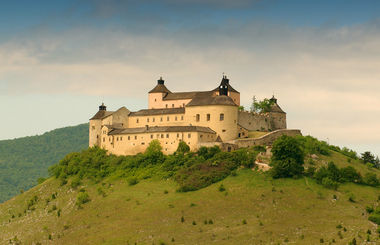
 Raymond Zhou:
Raymond Zhou: Pauline D Loh:
Pauline D Loh: Hot Pot
Hot Pot Eco China
Eco China China Dream
China Dream China Face
China Face
